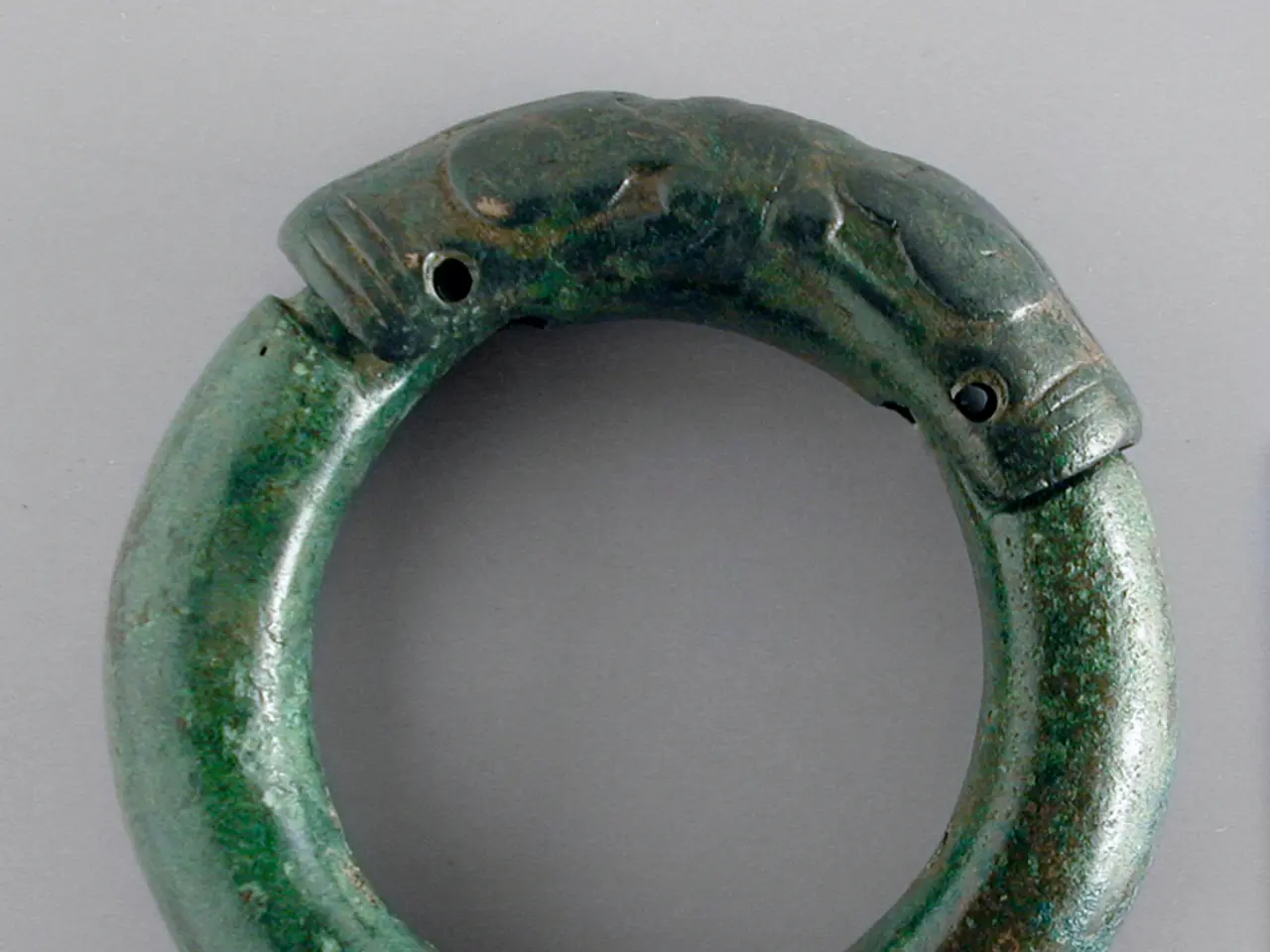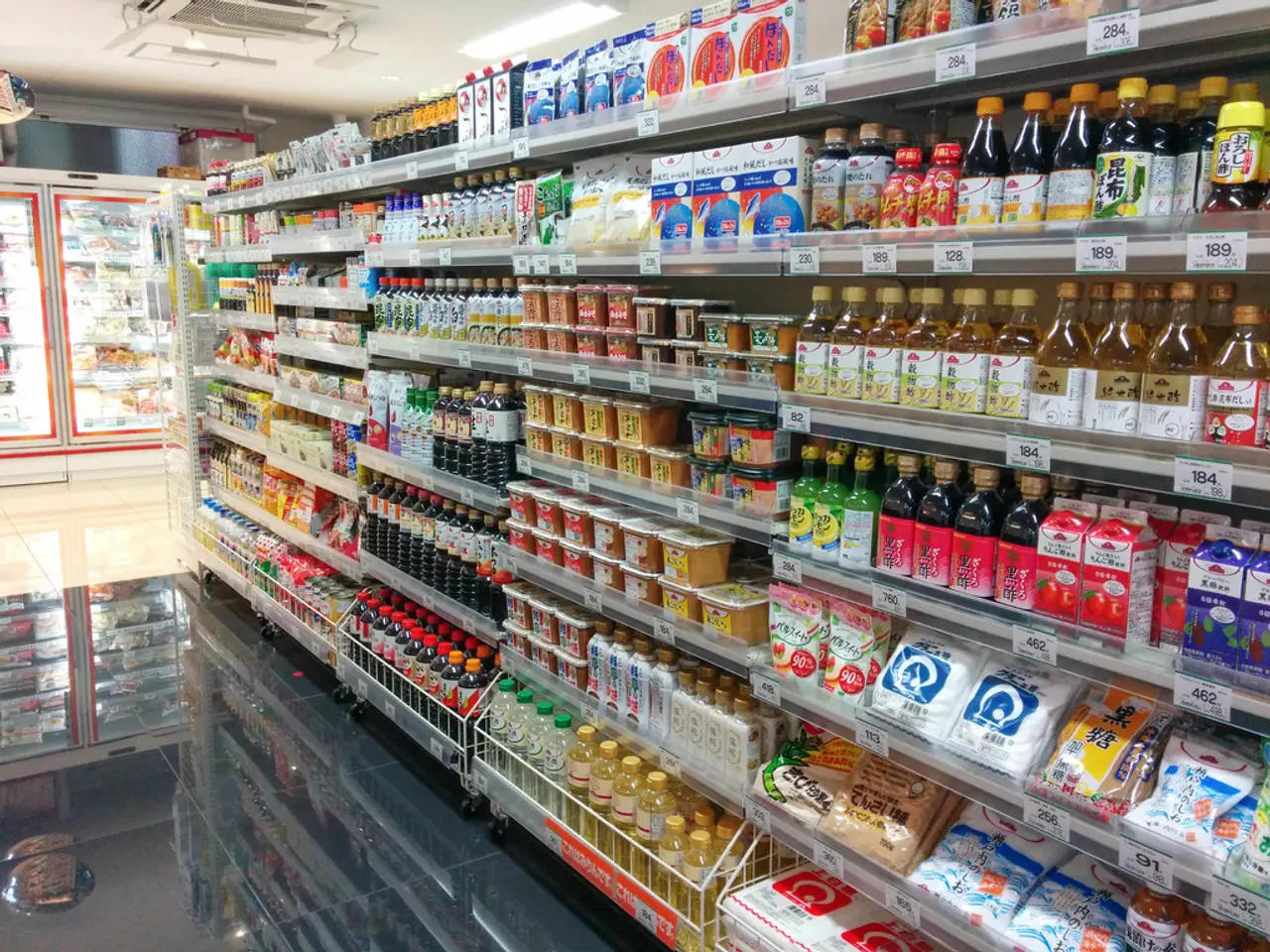China deploys groundbreaking steel for construction of nuclear fusion reactor
China's Revolutionary Steel Breaks Ground in Fusion Reactor
China's CHSN01 steel, a high-strength low-temperature steel specifically designed for nuclear fusion reactors, has made its debut in China's BEST fusion reactor, which began assembly in May 2023 and aims for completion by 2027. This groundbreaking material, developed by Chinese researchers, has been confirmed to meet key standards, handling 20 Tesla magnetic fields and withstanding 1,300 MPa stress with high fatigue resistance.
The extreme conditions in nuclear fusion reactors place extraordinary demands on the structural materials used. CHSN01, however, stands out with its exceptional mechanical properties and resistance under such extreme conditions. Its key features include extremely high strength, superior toughness and ductility at cryogenic temperatures, resistance to cracking and fatigue, and tolerance to extremely high magnetic fields.
The alloy's chemical composition is meticulously balanced, with iron, chromium, nickel, manganese, molybdenum, nitrogen, silicon, vanadium, niobium, and trace elements optimized for strength and low-temperature stability. This balance allows CHSN01 to operate under magnetic fields up to 20 Tesla, supporting more compact and powerful magnet designs than previous steels capable of around 11.8 Tesla.
Applications for CHSN01 revolve primarily around nuclear fusion technology. It enables the construction of smaller, more compact, and cheaper fusion reactors due to its ability to withstand higher magnetic fields and mechanical stresses. Additionally, it is used in superconducting magnet structures to contain plasma at cryogenic temperatures and intense magnetic fields without structural degradation.
Beyond fusion projects, China plans to apply CHSN01 in other high-tech sectors requiring materials with extreme cryogenic toughness and strength, such as next-generation MRI machines and advanced cryogenic equipment.
The development of CHSN01 marks a significant milestone in materials science and fusion technology. Renowned physicist Zhao Zhongxian, a leading expert in cryogenic physics and winner of China's top science award in 2017, played a key role in its development. Li Laifeng, a researcher, led the launch of a national research alliance to create a new domestic cryogenic steel in 2021, uniting institutes, companies, and welding specialists.
Over 500 tonnes of conductor jackets in China's BEST fusion reactor are made from domestically produced CHSN01 steel. The reactor, once completed, will be the world's first fusion nuclear power generation reactor using this revolutionary steel.
In 2021, China set demanding standards for its fusion reactor materials: a yield strength of 1,500 MPa and over 25% elongation at cryogenic temperatures. Advanced steel development, as fusion expert Li Jiangang called it in 2021, is essential to meeting these standards and accelerating the commercialization of fusion energy.
- The development of CHSN01 steel, a remarkable material designed for nuclear fusion reactors, marks an innovative step in the field of materials science.
- With its superior mechanical properties and resistance to extreme conditions, CHSN01 steel is set to revolutionize the science of fusion technology.
- The high-tech sectors, including the nuclear industry, finance, and energy, are likely to benefit significantly from the adoption of this advanced steel.
- As China's BEST fusion reactor begins assembly and aims for completion by 2027, the use of CHSN01 steel in its conductor jackets signifies a major leap in technology, bringing the prospect of commercial fusion energy a step closer.




